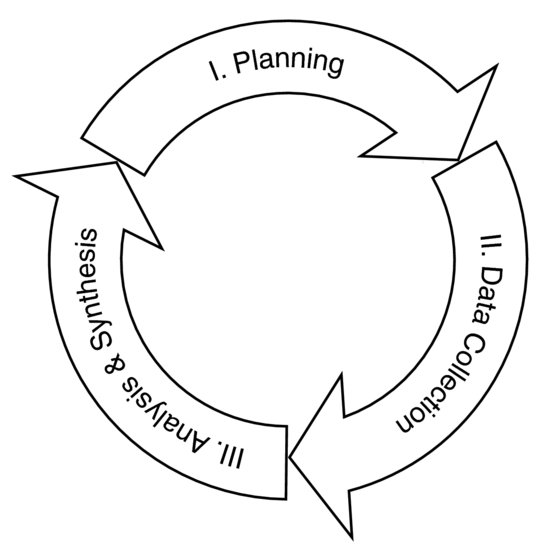1.4 About this Book
This book grew out of a need to teach general research competencies. As a Ph.D. student you need to understand how research differs from other activities. If you are working in an experimental field, you need to understand how experimentation differs from other forms of scientific investigation. It is also important to understand the general aspects of collecting and analyzing data. Finally, it is central to understand the scientific process: how to identify research problems, how to approach them, and how to communicate the results in the scientific community. There are good books that cover at least some of these aspects but it would be useful to introduce them in parallel, I thought, between the same pair of covers. It is often difficult for students to fit the pieces together after taking separate courses in the philosophy of science and statistics, for example, especially when the teachers are not experimental researchers themselves. Of course, a single book cannot provide a comprehensive treatment – especially not one as brief as this – but it can serve as a starting point.
The book is organized in two parts. The first part explains different aspects of scientific thinking and the second addresses general methods and techniques that are important to experimenters. The second part often refers to the first, but they can in principle be read separately. It may even be a good idea to skip back and forth between them. Whatever works for you will be fine.
The first part is called “Understanding the World”. It contains five chapters, of which you are halfway through the first. The next chapter introduces some central concepts from the philosophy of natural science. It explains that different approaches to scientific exploration result in different types of knowledge, and discusses the connection between observation and theory in science. Chapter 3 very briefly describes how science was invented and how it evolved into its modern form. There is also a discussion about how science has impacted on our civilization. After this, Chapter 4 takes a first look at experiments. It uses Galileo's pioneering experiment on the inclined plane to discuss some interesting aspects of the experimental method. The final chapter of the first part aims to demarcate between research and development, as this is an important distinction for students in applied research fields. There is a discussion about what we mean by theories and how they are developed. It also touches upon creativity, an important aspect of research that is often neglected. Discussing science and experimentation from different perspectives, this part of the book aims to give a better understanding of their essential characteristics.
The second part is called “Interfering With the World” as this is the very basis of the experimental method. It begins with a discussion about what distinguishes experimentation from passive observation. An important message is that observational studies only reveal correlations, whereas experiments can provide evidence for causation. It also explains under which conditions experiments may provide explanatory knowledge. After this, Chapters 7 and 8 cover statistical concepts and techniques that are useful in the collection and analysis of data. Together with Chapter 6 they form a basis for experimental design, which is introduced in Chapter 9. It combines experimental method with statistical techniques to make data collection a more economical and precise process.
The final three chapters describe an experimental research methodology. The methodology draws upon previous parts of the book and is built around a few simple tools. The tools aim to familiarize the reader with ways of thinking that are useful throughout the various stages of a research project. As illustrated in Figure 1.2, this book divides the research process into three phases. During the planning phase, a research question is formulated and an approach is developed to answer it. This is followed by the data collection phase, where a measurement system is devised, analyzed and improved to ensure that the data quality is sufficient for the purpose. After this, a data collection plan is formulated and the actual data are collected. In the third phase, focusing on analysis and synthesis, the data are processed and investigated using graphical and mathematical tools. The aim is to formulate conclusions supported by the data. The synthesis consists of relating these findings to the greater body of scientific knowledge and defining your contribution. The research process is depicted as circular since one experiment often uncovers new aspects of a problem and becomes the starting point of a new investigation.
Figure 1.2 The three phases of research.

This research process may not completely cover all branches of experimental research. It may emphasize parts that are less important in some cases, and may even lack features that may be important in others. It is important to note that the methodology is meant to be a pedagogical tool rather than a strict description of how research is done. The purpose is not to provide a cookbook, but to help you organize and elaborate your thinking about how experiments are planned, implemented and interpreted. To put the methodology into a practical context and make the discussion more concrete, we are going to follow two real world experiments through the three phases.
